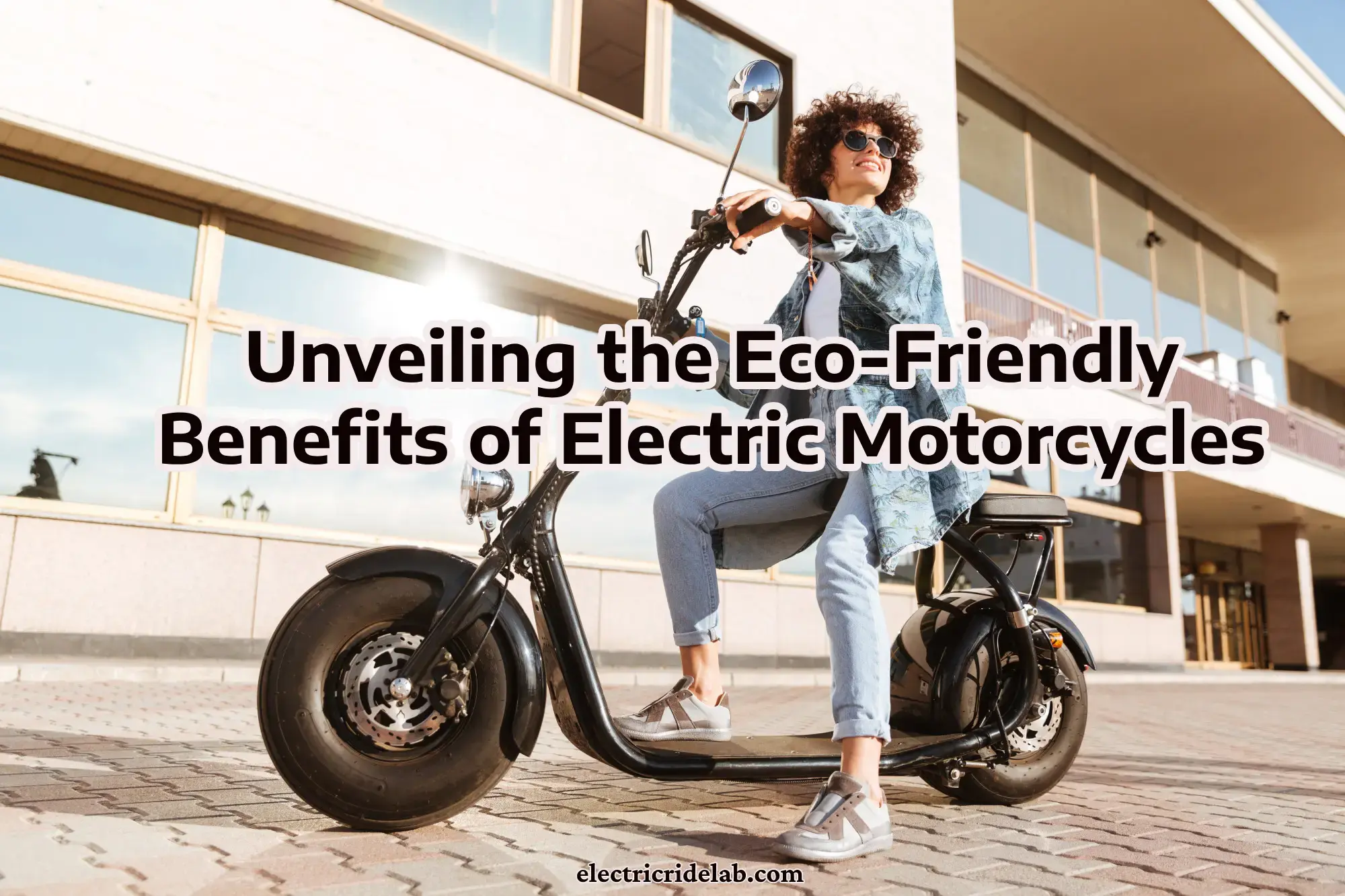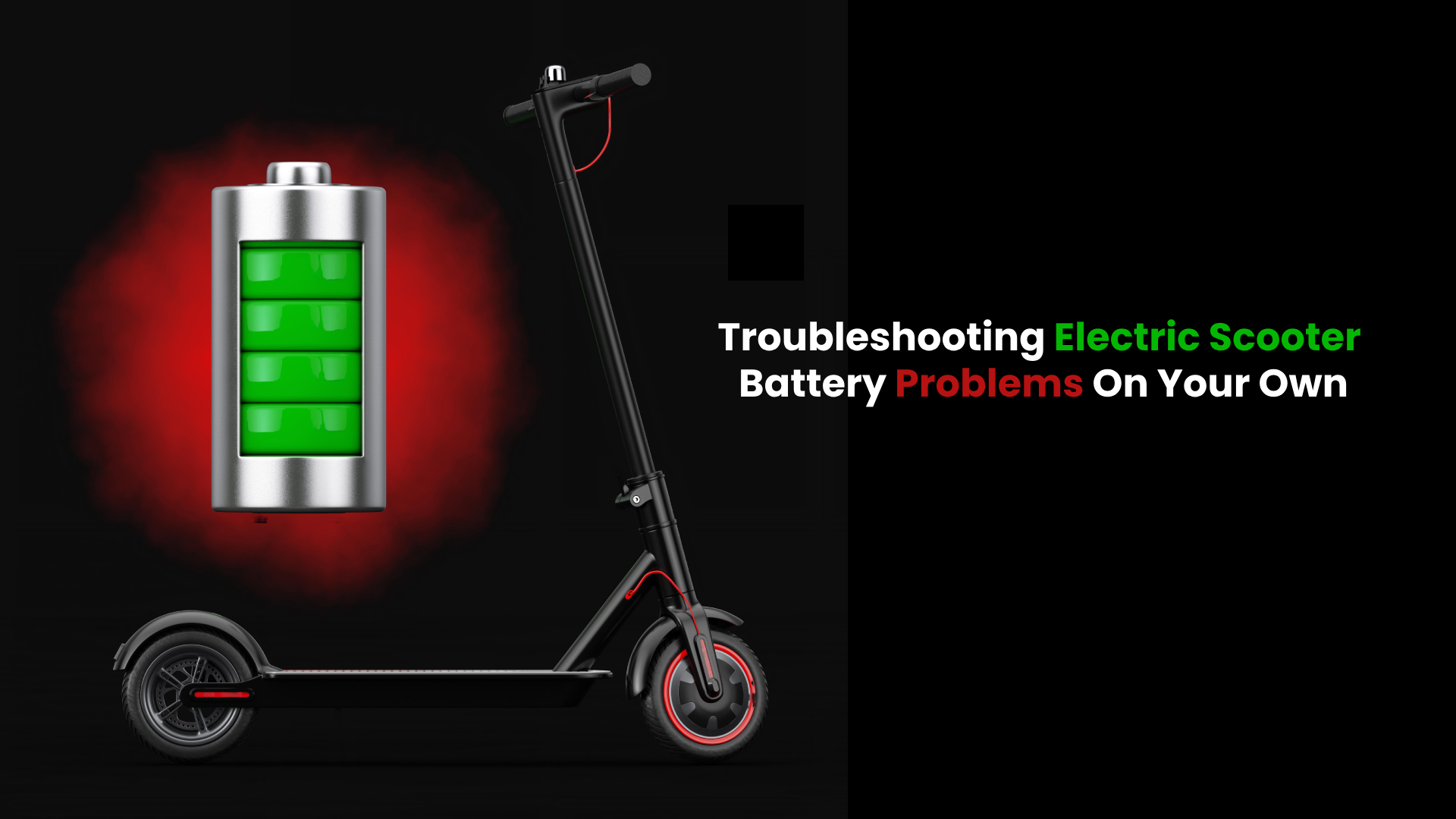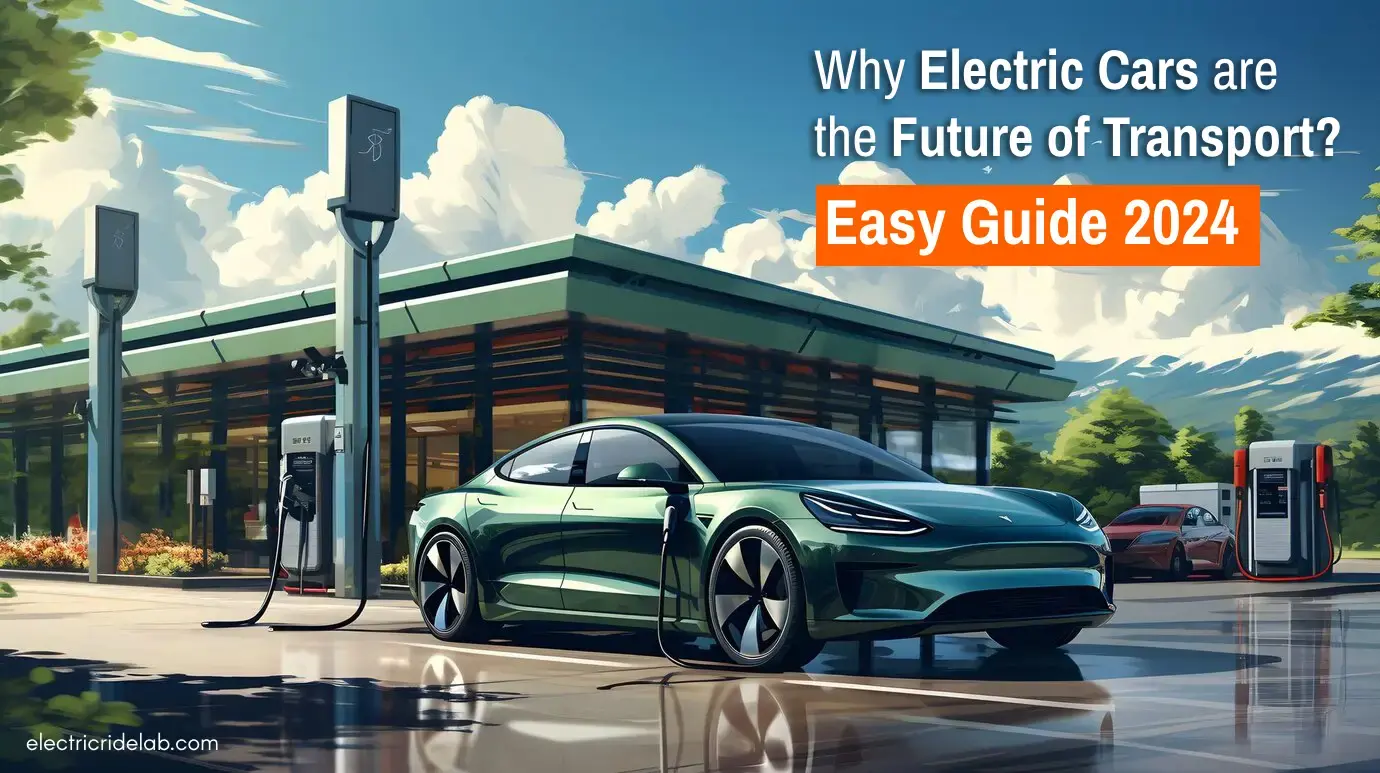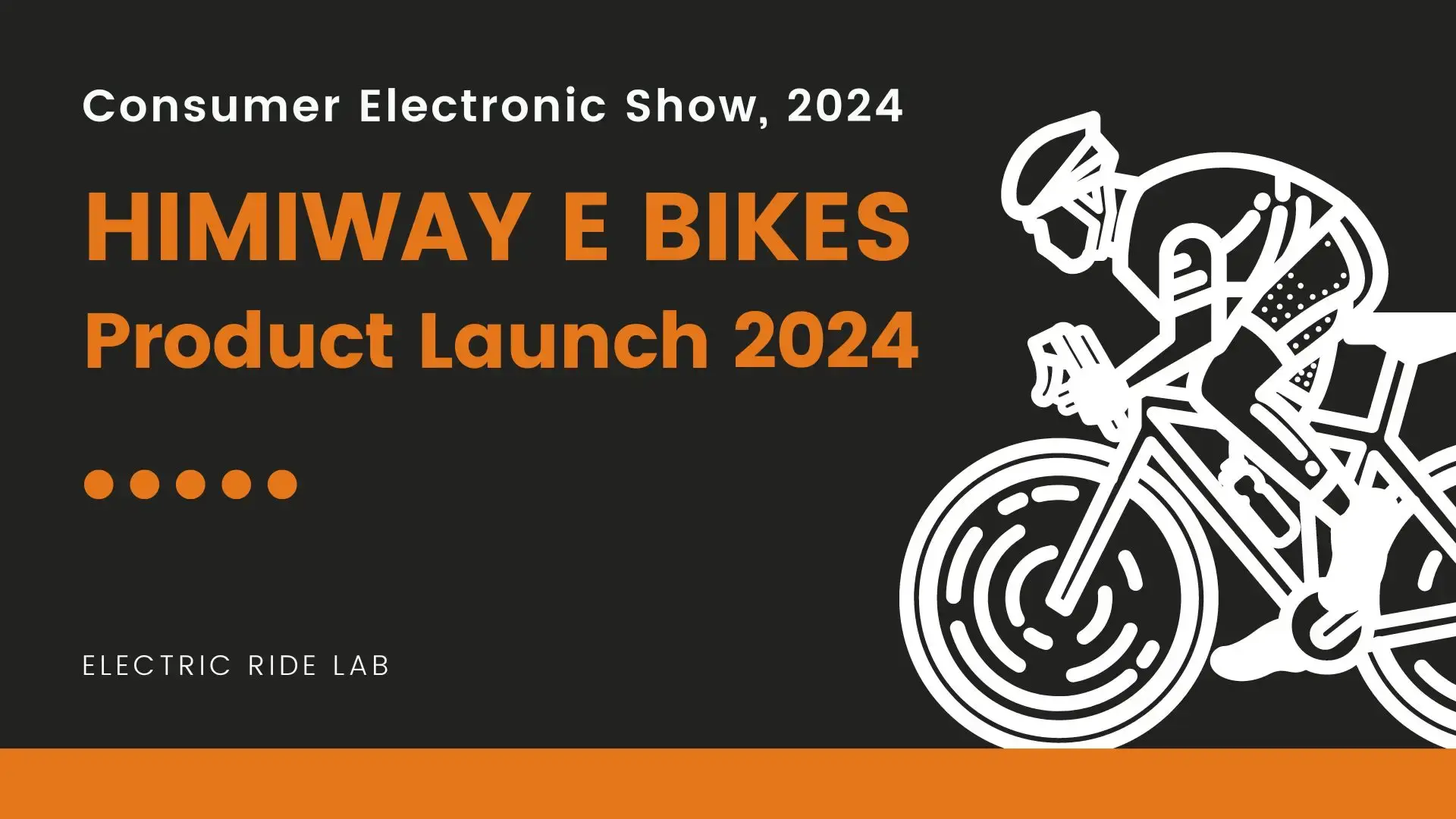Ever wondered how fast an electric bike goes?
Convenience is not the only perk riders get from these battery-powered bicycles. They’re relatively fast but not super fast (More on that in a second)
Chances are you’re considering purchasing an electric bike because they are generally perceived as faster than normal bikes. Well, these perceptions are mostly correct.
Generally, an electric bike can cruise at around 20 mph with ease! After that, it’s all up to you and your pumping ability, However to give more precise answer, we have to first look at the two known electric bike types.
The first is a pedal-assist ebike. This ebike typically max out around 20 mph and are best for short distances or as an additional boost when riding up hills. The second type of electric bike has a throttle (either twist throttle or thumb throttle) which allows the rider to control their speed with just one hand. This type of ebike can reach a speed upwards of 30 mph so they are great for longer rides and commute trips.
Premium and Fast Electric Bikes
Editor’s 1st Choice
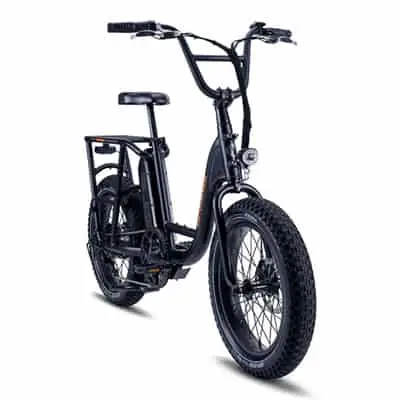
RadRunner 2
Overall Rating:
- Riders Weight Limit | 300 lbs 136 kg
- Motor | Robust 750 W motor
- Range | Up to 45+
Miles per Charge - Battery | 48V, 14 AhLithium-Ion Battery
- Speed | 22 mph
Editor’s 2nd Choice
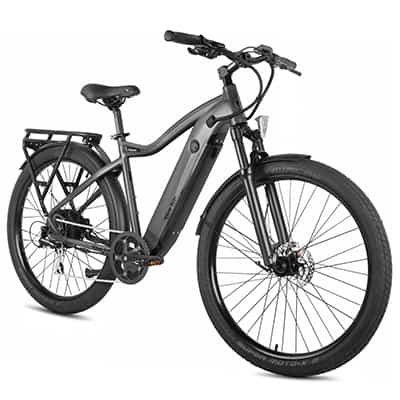
700 SERIES
Overall Rating:
- Riders Weight Limit | 275 lbs (125 kg)
- Motor | Powerful 750w geared hub motor with 60nm torque
- Range | 30-50 miles depending on rider weight, terrain, incline, level of assist
- Battery | Battery 48V14ah Reention Rhino, 52x Samsung 35E Cells, Smart BMS
- Speed | 26 mph
Editor’s 3rd Choice
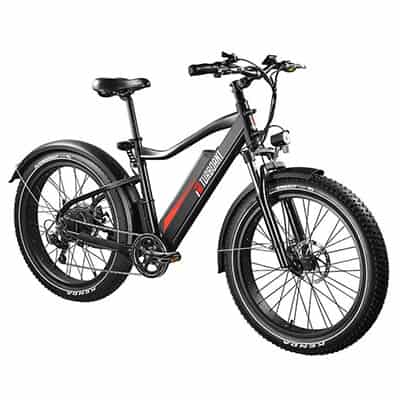
Thunder T1/N1
Overall Rating:
- Riders Weight Limit | 264lbs (120 kg)
- Motor | 750 W with 80 Nm max torque
- Range | 60 miles depending on rider weight, terrain, incline, level of assist
- Battery | 48 V × 14 Ah
- Speed | 26 mph
Fast and Most Affordable Electric Bikes
Table could not be displayed.Nonetheless, being motorized forms of bicycles (having the capability to exceed normal bikes in terms of power), e-bikes are subject to regulations that limit their speeds.
Electric bikes in Europe can have a maximum power of 250 watts, allowing for a maximum speed of 25 kmh (15.5 mph).
In the US, things are quite different. The Consumer Product Safety Act (CPSA) refers to a “low-speed electric bike” as having a fully operable pedal, a maximum of 750 watts, and a maximum speed of 20 mph 32 kmh.
So, how fast can you still go on an electric bike, and are they really worth the hype? Let’s dive in…
Also Related:
How Long Do Electric Bikes Last: Expectations vs. Reality
What Is the Average Speed of an E-bike
The average speed for electric bikes is 20mph/32kph (both Class 1 and Class 2 e-bikes are limited to 20 mph). However, this number varies per manufacturer. Some e-bikes max out at 15mph while others can break past that threshold in seconds.
What Is the Top Speed of an Electric Bike
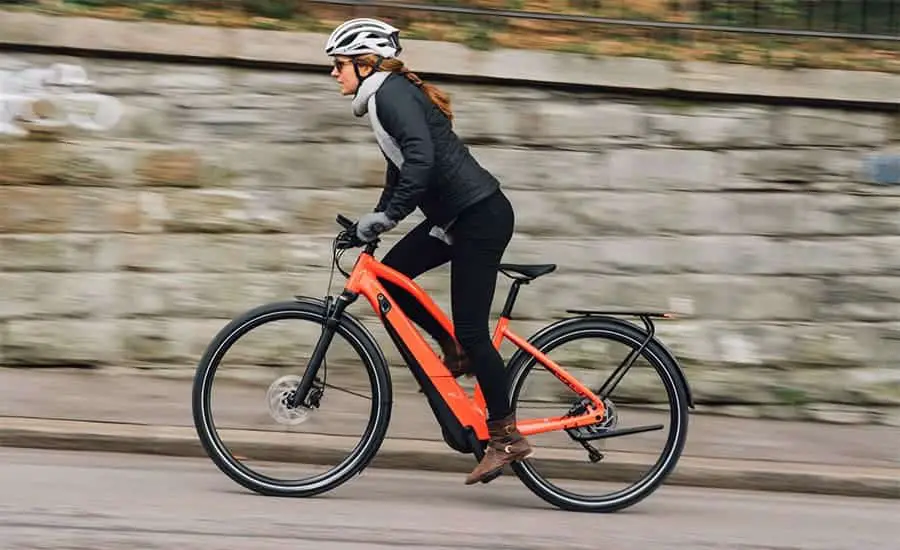
If you are pedaling, you can ride as fast as your pumping ability. However, most e-bikes cease to offer electric-assist when going at 20 miles per hour…
This is assuming you don’t take the downhill vantage, and you are not even helping peddling .
It is a restriction by law for rider’s safety and persons on foot alike.
So in theory, an electric bike’s speed should only be limited by how much power the motor can generate. The case is different for pedal-assist electric bikes. The fact that they boost riders’ efforts means they can go as fast as the rider can turn the pedals.
However, as vehicles designed to be ridden in public spaces, e-bikes are restricted to certain speeds to assure the safety of other road users.
In the US, federal laws categorize electric bikes into three different classes.
- A Class 1 e-bike is a pedal-assist bike whose speed doesn’t exceed 20mph.
- Each Class 2 e-bike has a throttle-assist functionality that powers it to a top speed of 20mph.
- Class 3 e-bikes are referred to as speed pedelecs and are able to reach top speeds of 28mph (45kph).
Electric bike manufacturers set these limits into their bicycle’s smart control system. When an e-bike reaches its set top speed, the motor stops assisting. For example, you’re riding a Class 2 e-bike up an incline. You engage the motor by twisting the throttle.
Immediately the bike’s speedometer records 20mph (the speed limit for Class 2 e-bikes), current flow into the motor is restricted to maintain this limit. This doesn’t mean the bike can’t go faster. If you’re powerful enough, you can pedal the bike to newer, higher speeds.
An electric bike’s top speed shouldn’t be confused with its “real speed limit” . Its “real speed limit” is the fastest its components (motor, wheels, pedals, etc.) can propel it to before they start to break.
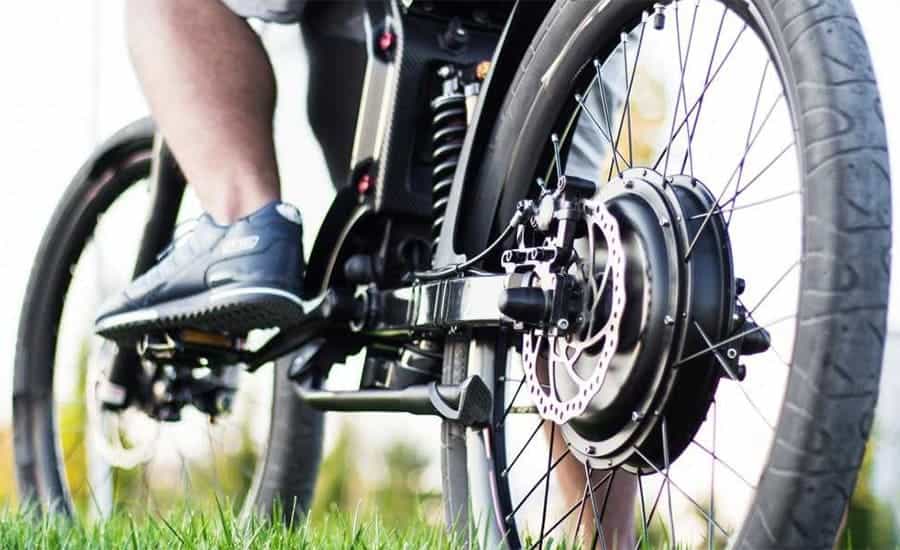
Also Related:
Best 1000W Electric Bikes – What you need to look for?
How Fast Do Electric Bikes Go Without Pedaling
An electric bike can only travel as fast as 20mph without pedaling (however as we’ll come to discover in subsequent paragraphs, this limit can be exceeded).
Using the throttle-assist function on an e-bike will propel the bike to 20mph before the controller limits the flow of current to the motor.
At this point, the rider can either choose to coast at that speed or pedal for more assistance to 28mph (Class 3 electric bike).
Local laws restrict throttle-activated e-bikes from going past 20mph. Some states in the U.S even prohibit these kinds of electric bikes from riding in public spaces.
What Determines the Speed of an E-bike
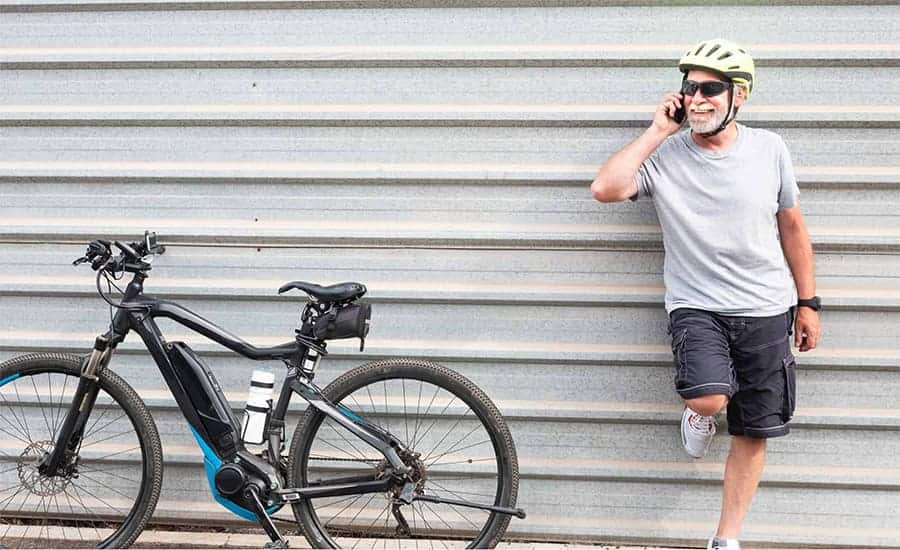
There are a lot of factors that determine the speed of an electric bike, listed below are some of them.
1) Voltage
Voltage is the pressure with which charged electrons are released from a battery pack. It is the measured strength of electrons flowing through a circuit.
In the case of electric bikes, charged electrons from the battery cause the motors to spin. Pressure (Voltage) determines the flow of these electrons. So, more pressure/Voltage will mean more charged electrons flowing to the motor per second resulting in the motor spinning faster which translates into more speed.
This is why you’ll find that, most times, electric bikes with higher volt battery packs are faster and more powerful than those with lower volts.
Also Related:
Electric Bike Wheel Size Comparison – Which Wheel Size is Right For You?
2) Wheels
The size of an e-bike’s wheel plays a huge role in how fast the e-bike can travel. Wide wheels improve traction but are more resistant to rolling than slimmer wheels.
Consider a 4-inch wide wheel with a motor integrated into it (a hub motor). The motor will have to do extra work to get this wheel spinning due to increased “wheel inertia“.
This will impede the bike’s acceleration and greatly affect the bike’s performance when climbing up steep hills. Now, if we were to strap that same motor mentioned above to a slimmer tire giving out the same power as before, the bike will most likely perform better.
3) Motor Type

The two most common types of electric bike motors are hub and mid-drive. Hub-drive motors are integrated into a bike’s wheel (front or rear) while mid-drive motors are integrated into the bike’s frame, in-between the pedals.
Normally, you’d assume that e-bikes with hub motors are faster than those with mid-drive motors since their wheels are technically extensions of the motors in them. However, mid-drive systems connect to a bike’s drivetrain giving them an advantage, in terms of speed, over hub-drive systems.
Mid-drive systems give riders the option to switch between different assisted gear ratios. So, let’s assume you’re on the biggest sprocket and the smallest cassette.
You have a gear ratio of 1:4 (for every revolution of the pedal, the wheel completes four full revolutions). This ratio will make the bike go faster but will require that the rider pedal harder.
Adding electric-powered assistance will reduce the amount of effort required to achieve a complete revolution of the pedals. This will in turn increase the wheel’s RPM and propel the bike above speeds only bigger hub motors can achieve.
Also Related:
Electric Bike Speed Limiter Removal – Make Your Ebike Faster?
Can I Make My Ebike Go Faster?
While the speed of your e-bike is entirely voltage-dependent, you may still stand a chance to go faster than just doing 20. For instance, some premium super-charged e-bikes with available 500-watt motors tend to incorporate an “off-road only” mode.
This allows your bike to reach speeds of 25 mph or even more when you help pedal. Batteries with a higher state of charge provide higher voltages. Therefore, if you want to go faster, staying up to charge is imperative.
But these effects are only applicable in appropriate, outdoor terrains and open areas. It may vary hugely depending on every pack, preserve, and jurisdictions. So be sure to consult the locals before hurtling away at 25 mph.
Do E-bikes Have Speed Limiters
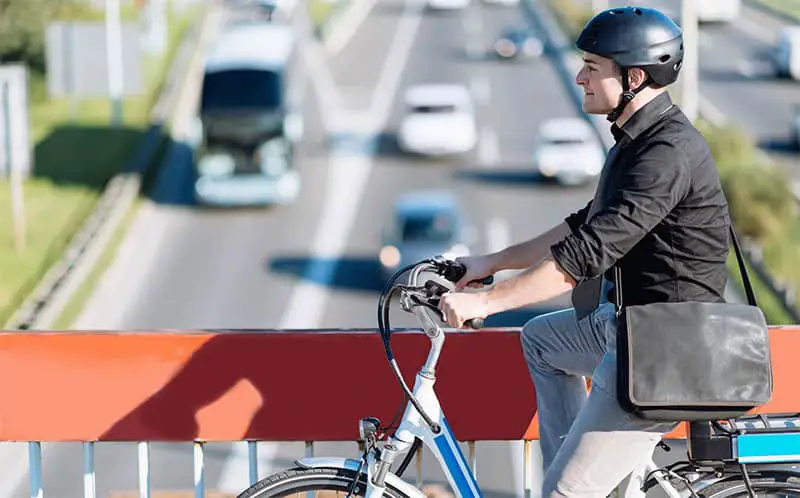
Yes, e-bikes have speed limiters. Especially if the manufacturer wants the bike to be categorized as an “e-bike” and obey all biking rules.
There are some e-bikes, like Juiced’s Hyperscrambler, that can be ridden as both e-bike and moped. These e-bikes can easily exceed the 28 mph limit for Class 3 electric bikes when their speed limiters are lifted.
Once a rider removes the limiters, they are no longer allowed to ride their electric bike in parks, trails, bike paths, or anywhere normal bikes are allowed. They can however ride their newly supercharged electric bikes on private property.
How Do You Remove the Speed Limiter on an Electric Bike
Some electric bike manufacturers include this as a speed mode that users can easily switch to from their LCD display. The Hyperscrambler calls this the “Race Track Mode”.
However, not all e-bikes come with this functionality. De-restricting most electric bikes will require technical skills. These skills could range from identifying a sensor & magnet to playing with the bike’s controller.
There are also e-bike de-restriction kits that riders can use to remove the speed limiter on their electric bikes. As mentioned above, most of these procedures require that the rider know a thing or two about electronics.
Also Related:
E-bike 500W vs. 1000W: The Battle of the Motors
How Fast Can A 500W E-Bike Go?
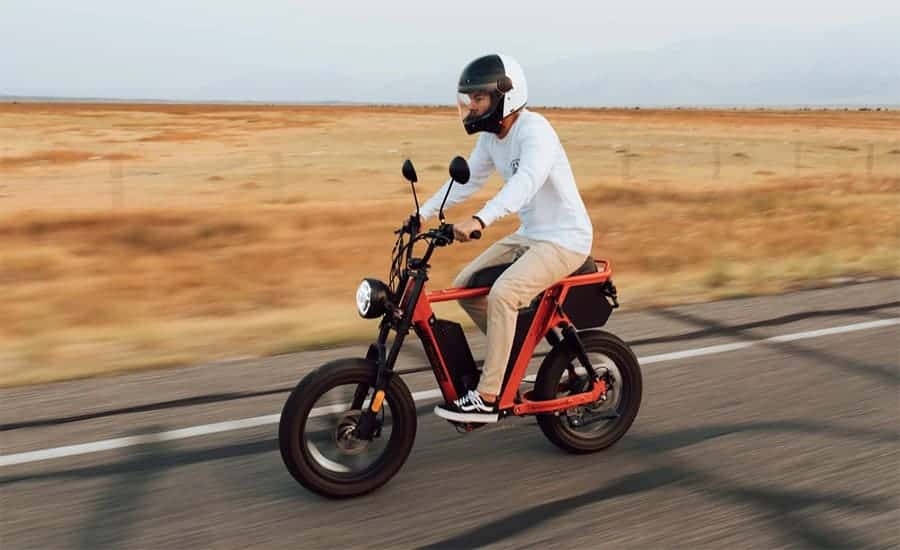
Electric bikes with a 500-watts motor will provide assistance to a maximum speed of 20 miles per hour.
Here, I’m referring only to full throttle, and no pedaling. A well-designed electric bike with a powerful motor can help you attain more power than you actually need with 500 watts or less.
However, if you’re a heavier-set person looking for more speed, higher-powered motors would be a better option.
For instance, if you’re 100 pounds, a 250w motor might be enough for you, but for 220 pounds individuals, a 500w motor may be better. This is because, at top speed, somebody weighing 100 pounds on a 250w motor might hit a speed pretty close to that of a 250 –pound individual on a 500w motor.
How Fast Does A 750W Ebike Go?
Electric bikes with a 750 watts are usually associated with a maximum speed of 20 mph or 32 kmh.
Electric bicycle laws tend to dilute all the fun or at least subside the extreme part of it, but they are crucial for keeping everyone’s security and integrity.
There are also mid-drive 750-watt e-bikes that can hit about 28 mph. However, most of them are more of a compromise between climbing ability and top speed on flat ground. In other words, a 750w e-bike could go as fast as 28 mph but would fall short climbing hills.
Also Related:
Best 500 Watt Electric Bikes | How We Chose Ours?
How Fast Can A 1000W Ebike Go?
A 1000w e-bike is powerful and fast. It will comfortably support a 190 pounds and man up any hill with no pedaling easy. It is a great kit and should get you 32 miles per hour (50 kmh) pretty easy.
The only concern is that such e-bikes are often rated at higher speeds and are meant for off the road purposes. Therefore, using them on the road will allude to operating against the law. Such high-powered e-bikes available on the market are not recommended for regular, daily commuting.
How Fast Can A 3000W Ebike Go?
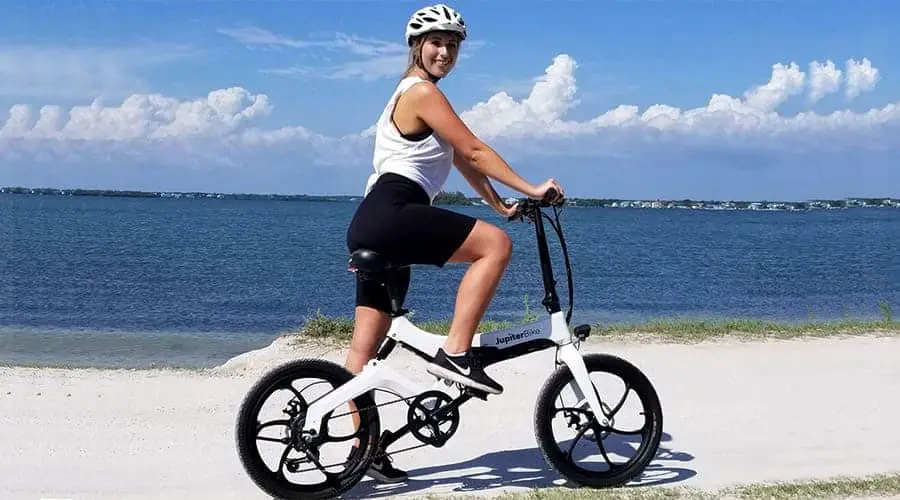
Surprisingly, a 3000w e-bikes can hit speeds of over 50 mph. One downside is that wind resistance becomes an influential factor in speeds over 30 mph.
While 20 miles per hour is said to be safe and sufficient, we’ve heard other cyclists and brands altering their electric bikes to deliver assists up to 40 mph.
Pedaling effort does not mean as much when you are throttling 3000w e-bike. Remember, top riders put out a max of 700w. So if you’re juicing 3000 watts, don’t expect your pedal input to contribute much to the overall range. Otherwise, unless for off-road purposes, it is unsafe and potentially illegal to make such modifications.
Is 20 MPH Fast On A Bike?
Going at 20 miles per hour may seem like a downright low limit, but it is essentially pretty sufficient. While we recommend that you ride as safely as possible, experienced riders tend to find a few getaways to do it even faster.
It is important to consider that average cyclists are usually going about 12 miles per hour, and most of them hardly exceed that. So you should keep that in mind for safety and regulation purposes. Moreover, in Europe where e-bikes are well established, the maximum speed is 15 mph, meaning we are well excused in the US at 20 mph.
You can easily exceed the prescribed speed of 20mph, but that would be in a condition where the motor is not supporting you. For instance, on a downhill cruise, you definitely can go faster than 20 mph without getting help from the motor.
Also Related:
48V vs 60V E-Bikes and E-Bike Batteries: Not All What You Think
How Fast Can A 48V Ebike Go?
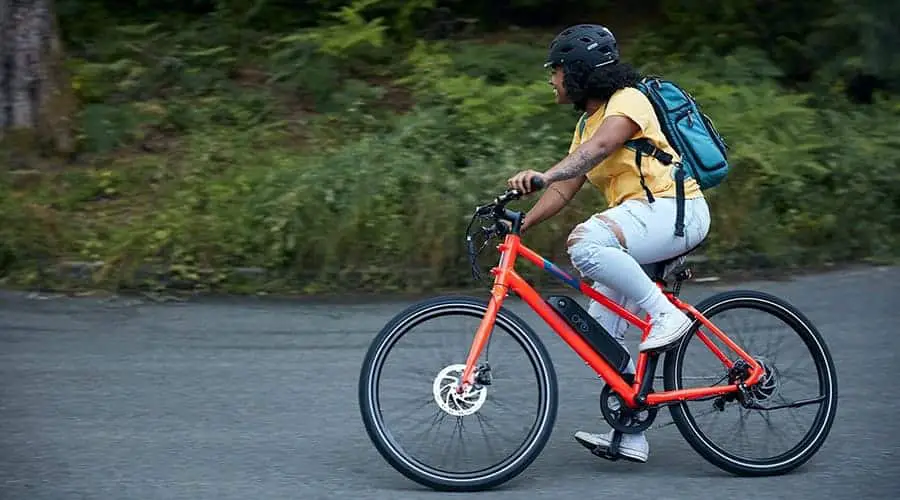
A 48V electric bike can reach speeds of approximately 20 miles per hour or 32 kmh. But depending on your electric bike, you may be able to hack it and get around speed restrictions and make it go faster.
For instance, with a 48v e-bike that travels about 20 mph at top speed, you can swap on a hub motor to reach speeds closer to 30 mph.
The gearing system and the motor design of an electric bike tend to be more crucial than wattage when it comes to speed. In fact, you may come across 250-watt motors that provide as much assistance as 500 watts or even higher models.
Summary
Obviously, electric bikes have motors, but they are still bicycles and not scooters. So, expecting them to burn up some tarmac like those mysterious motorbikes out there is not feasible. An e-bike is only meant to assist the rider, meaning the motor is never the sole power provider.
That said, if your electric bike meets such speeds and requirements, you can comfortably have it on usual bike trails, streets, and even sidewalks in various jurisdictions, just like a traditional bicycle.
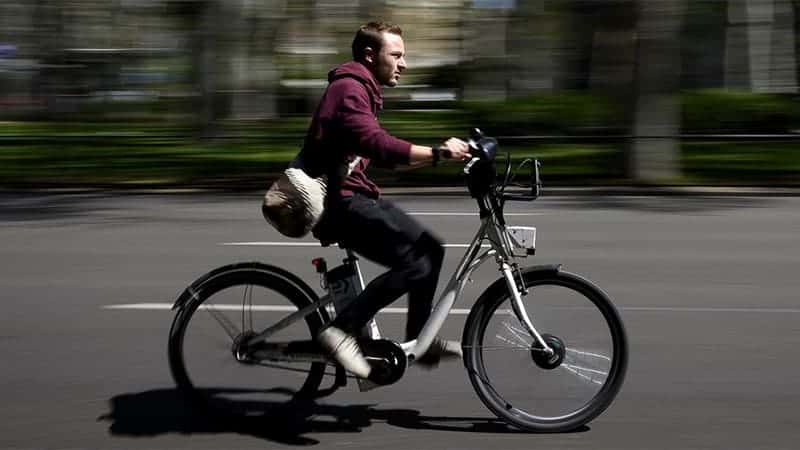
Also Related:
Best Long Range Electric Bikes: These 3 Will Take You Further


